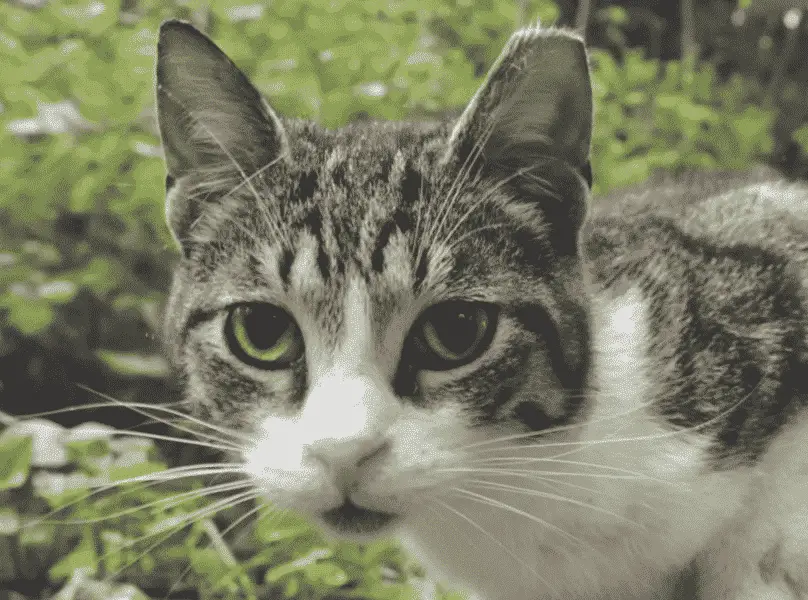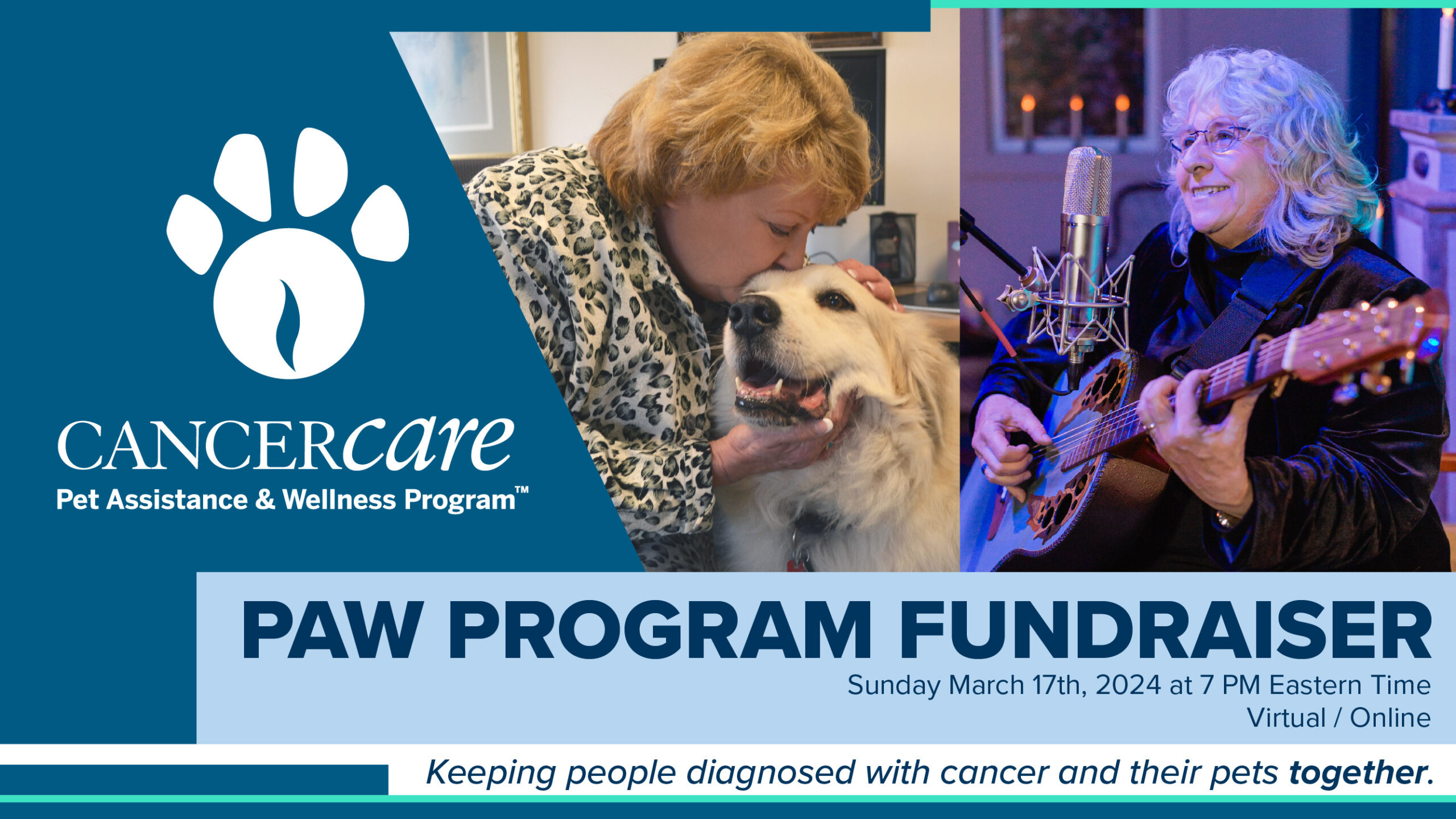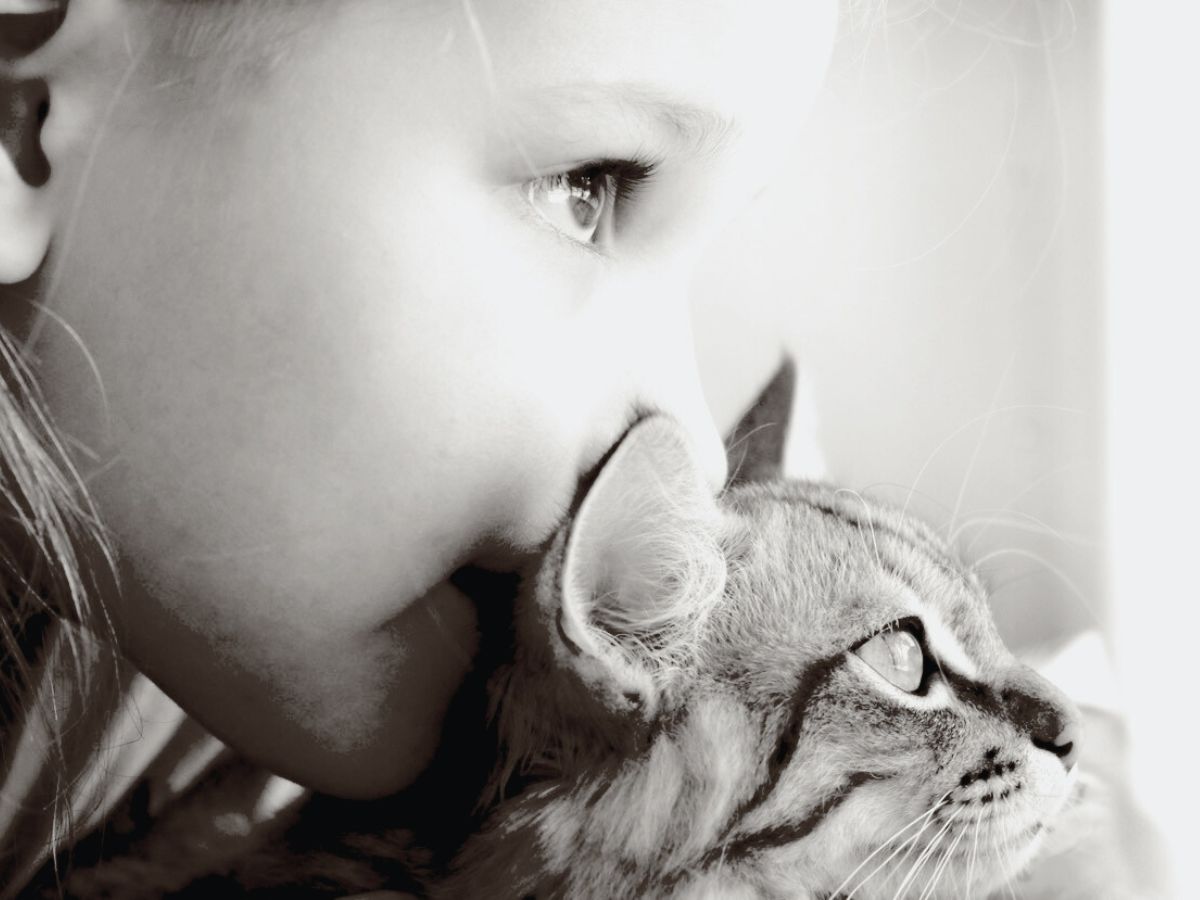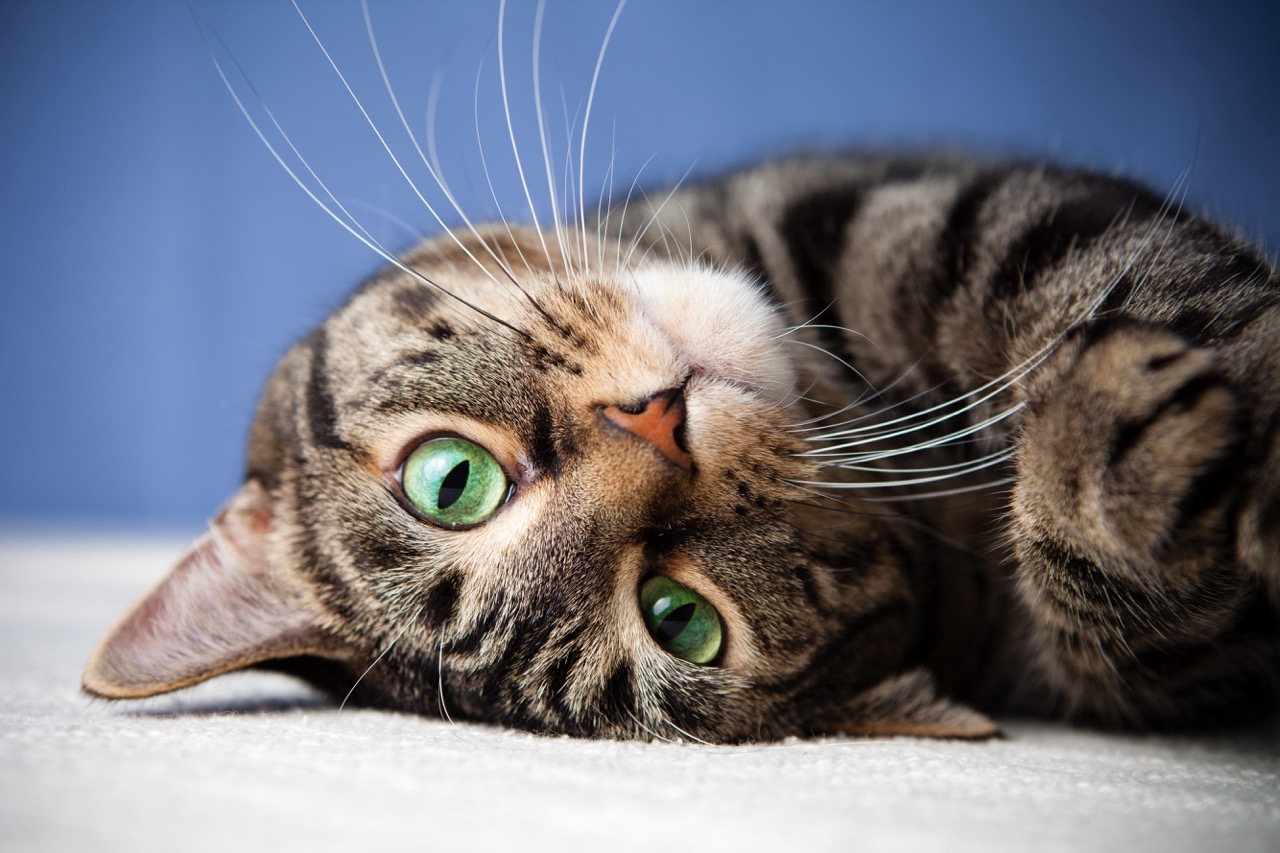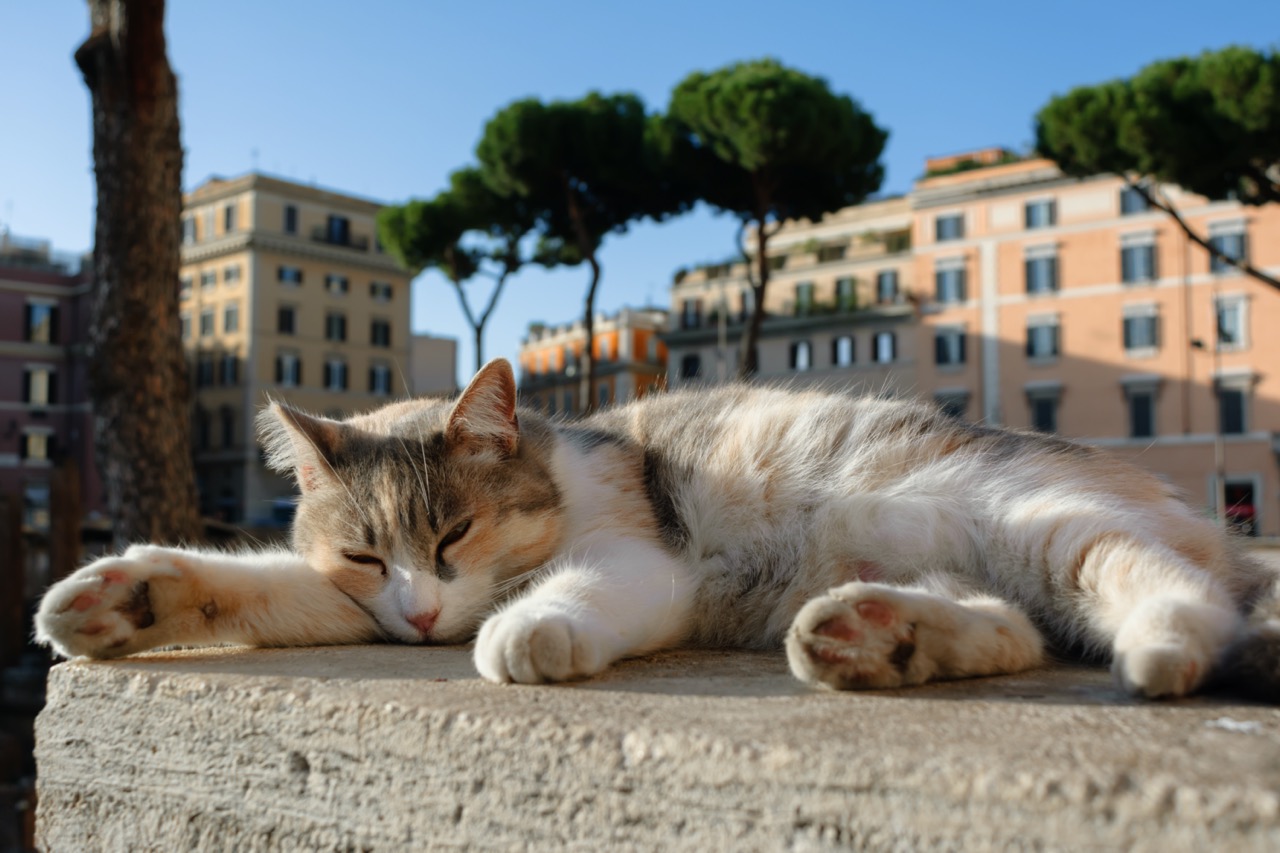By Guest Blogger and Author, Anne E. Beall, Ph.D
Over a year ago my family had a major rat problem and we were looking for a solution. We heard about the Community Cats: A Journey into the World of Feral Cats Cats at Work program where they bring feral cats into an area to get rid of the rats. The cats are taken care of by a local caretaker. I applied to be the caretaker in my area but I didn’t know the first thing about taking care of feral cats. I learned that taking care of them was different than taking care of my house cat, but that it’s a very rewarding experience. People often ask me about how to best take care of a colony of cats. Whether you are currently feeding stray/feral cats or are thinking of becoming involved in a more formal program, here are some tips on how to care for a feral cat colony.
TNR is the way to go
One of the things I quickly learned is that TNR or Trap-Neuter-Return/Relocate is the best approach for feral cats. Cats reproduce quickly and it doesn’t take long for 2 cats to become 6 and then 18, and so on. I’ve seen several caretakers get completely overwhelmed when feeding a small number of stray cats that turned into a large colony that became a nuisance to the neighborhood. So, trapping them, getting them neutered/fixed is better for them and better for you. There will be less fighting among males, fewer nuisance behaviors such as urinating to mark territory, and less yowling. Cats are much calmer when they aren’t in search of a mate.
Acclimation Period
Once the cats are neutered, they are either returned to the area where they came from or they’re relocated to a new area if they were in danger, or if there were too many of them in the original colony. Tree House Humane Society, which is the organization that provided our feral cats, regularly rescues feral cats in these types of situations. We got our 3 cats, Allie, Eloise and Duke from a caretaker couple that had too many feral cats and the neighbors were starting to complain.
When our cats were relocated to our home, we put them into a large dog crate (8 x 4 feet) so they would get used to the area—the sights, sounds and smells. And it also gave them a chance to get used to us. This acclimation period was essential for establishing them in our yard area. It took 3 weeks. During this period, we cleaned their litter box, fed them twice a day, and made sure they had clean water at all times. We also provided them with shelters inside the large cage so they would have a place to sleep and escape when we came to feed them.
After 3 weeks, we opened the cage and the three cats slowly ventured outside of their home. They went back and forth between the yard and their home and then after a week, we broke down the cage and left their litter box, their feeding station, and their shelters for sleeping.
Make a living area desirable for feral cats
One of the things that I learned early in this process was that cats are opportunistic creatures. They search 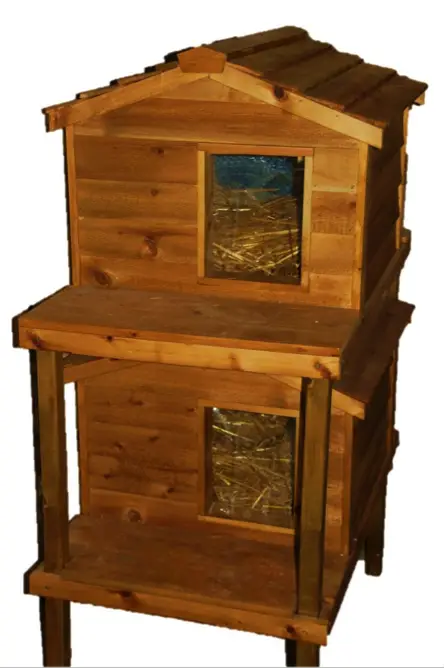 for the best living conditions in the area and they will sometimes get fed in multiple places. One of the caretakers I interviewed had his colony completely disappear after he adopted them. They moved across the street to a warm garage with lots of places to sleep and hide. When the caretaker realized where they had gone, he redoubled his efforts to create an ideal place for his colony by putting in “ramps” for them to walk on (2 by 4 boards), numerous places for them to perch, and several places to sleep. His cats soon moved back and have not left.
for the best living conditions in the area and they will sometimes get fed in multiple places. One of the caretakers I interviewed had his colony completely disappear after he adopted them. They moved across the street to a warm garage with lots of places to sleep and hide. When the caretaker realized where they had gone, he redoubled his efforts to create an ideal place for his colony by putting in “ramps” for them to walk on (2 by 4 boards), numerous places for them to perch, and several places to sleep. His cats soon moved back and have not left.
For our cats, we bought a cedar house (see picture), that we filled with straw and small-animal heating pads during the winter. Because we live in Chicago, we wanted to give them a nice warm place to rest and sleep. We also put several different storage containers on top of one another so they would have places to perch.
Feed them, water them and watch them
Although some caretakers feed their cats once a day, we decided to feed them once in the morning and once in the evening. We give them wet and dry food twice a day. When no one is available to feed the cats, we have an automatic dispenser that provides dry food at a specific time. We also provide clean water to them at all times and that gets changed once a day. We spend a fair amount of time watching them and monitoring them to make sure they’re doing well.
What to do if they get sick
For the Cats at Work program, we have to get our cats vaccinated against rabies, distemper, and other major diseases every other year. We have to set out a humane trap that will close when they enter it so we can transport them to a vet. The issue that we have found is that many traditional veterinarians aren’t sure how to deal with a feral cat. And they sometimes don’t have facilities for them. Recently, one of our feral cats became very ill and needed hospitalization. None of the traditional vets would take her, but our emergency veterinarian had some experience with feral cats and was able to sequester her so she wouldn’t be as frightened and could get the care she needed. If she had not been hospitalized she would have died. After 3 days of intensive medication, she began to heal and was able to come home. We now know to call ahead to any vet and ask if they have experience with and facilities for feral cats.
Enjoy them!
The most important part of being a caretaker is to enjoy the cats. They are a lot of work, so if they aren’t creatures that one cares for or that provide a service, it won’t be worth it to you. In my case, our cats got rid of our rat problem and became an extension of our family. Two of the cats allow us to pet them and greet us when we come home. They love to rub against us and follow us around the yard. I can’t imagine our home without them.
If you would like to read more about Anne’s experience, you can read Community Cats (www.communitycatsbook.com)
About the Author
Anne E. Beall, Ph.D. is the author of Community Cats: A Journey into the World of Feral Cats
 (www.communitycatsbook.com). She received her MS, MPhil, and PhD degrees from Yale University and lives in Chicago with her indoor cat, Sarina, and her 3 outdoor cats: Allie, Duke and Eloise.
(www.communitycatsbook.com). She received her MS, MPhil, and PhD degrees from Yale University and lives in Chicago with her indoor cat, Sarina, and her 3 outdoor cats: Allie, Duke and Eloise.
